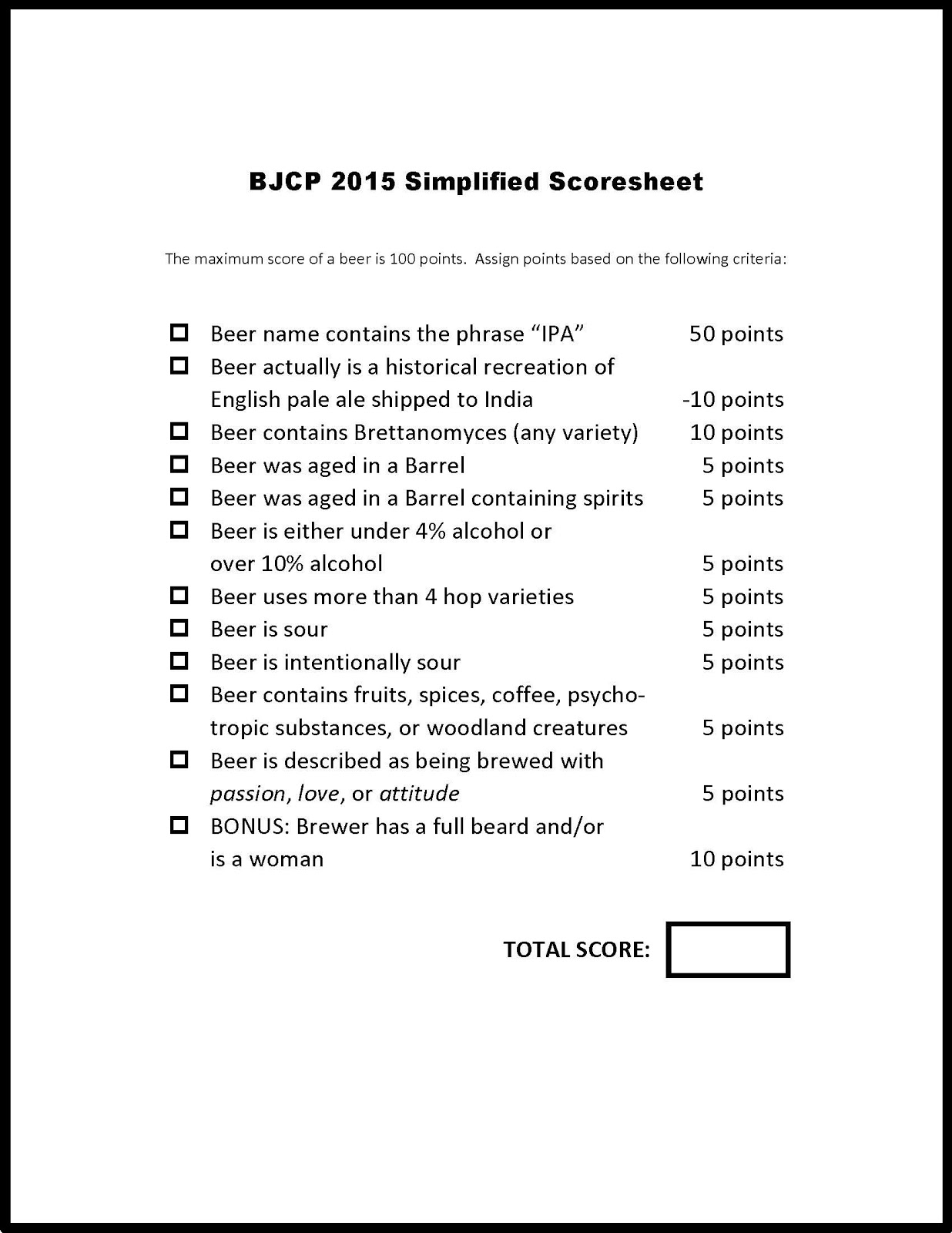Oktoberfest Refresher Course
| Yea, I get pretty excited about this shit. |
Contrary to popular belief, the majority of Oktoberfest actually takes place in September. The one-true Oktoberfest officially begins two weeks and a day before the first Sunday in October. This puts the official start of the Fest at September 20th this year. So with the beginning of Oktoberfest looming, I thought I'd put together an Oktoberfest primer to get you in the mood.
Himmel der Bayern
 |
(photo: oktoberfest.de)
Bavarian Heaven |
| My wife knows what's up with dirndls! |
What most people don't realize about Oktoberfest is that it is essentially same as one of our state fairs, just with more highly organized drinking and singing. It is actually considered the largest folk festival in the world. And if you are ever lucky enough to visit, you'll see why. The fest includes parades, carnival rides, food stands, and even livestock and tractor shows. The music is pretty much all tubas, accordions, and alphorns, and the vogue fashion on the Wiesn is peasant clothing from the 19th century. (And one cannot underestimate the importance of the dirndl.)
Das Bier
| Notice the name. "Oktober Fest-Märzen." The Ayinger Brewery is south of Munich. |
The beers we think of as Oktoberfest beers are more accurately described as märzens and are quite a bit different than what's served on the Wiesn these days. Märzen (literally, March beer) was historically the last beer brewed at the end of winter and would be the only thing available to drink in the late summer and early fall months. Before Louie Pasteur and modern refrigeration, it was difficult to impossible to brew beer in the hot warm summer months without it spoiling from airborne bacteria and yeast. To combat this, brewers made stronger and hoppier beers at the end of winter that would keep well during long summer storage in caves.
Märzen is what is typically brewed by craft breweries the world over for this season, and I'm glad for it. Although I have had my share of it, I'd rather skip the Wiesn beer for a good hearty märzen this time of year. A perfect Oktoberfest märzen for me is one that has a rich yet smooth malt sweetness up front, and a balanced, dry finish. This gives you the great rich flavor you get from the specialty Munich malt, but allows you to keep drinking all day long.
Some of my favorites that you can buy around here include Ayinger Oktober Fest-Märzen, Free State Octoberfest, Left Hand Oktoberfest, and Boulevard's Bob's 47. The key, though, like any lager, is that the beer is fresh and has been treated well, i.e. always kept refrigerated and out of the sun. I haven't had a chance to try out the KC Bier Co Festbier yet, but based on the freshness factor (and the fact that KC Bier Co just brews great beer) their fest beer might just end up being our best bet locally.
Stay tuned next week for a full rundown of all the Oktoberfest events here in town! Eins, Zwei, G'suffa!
